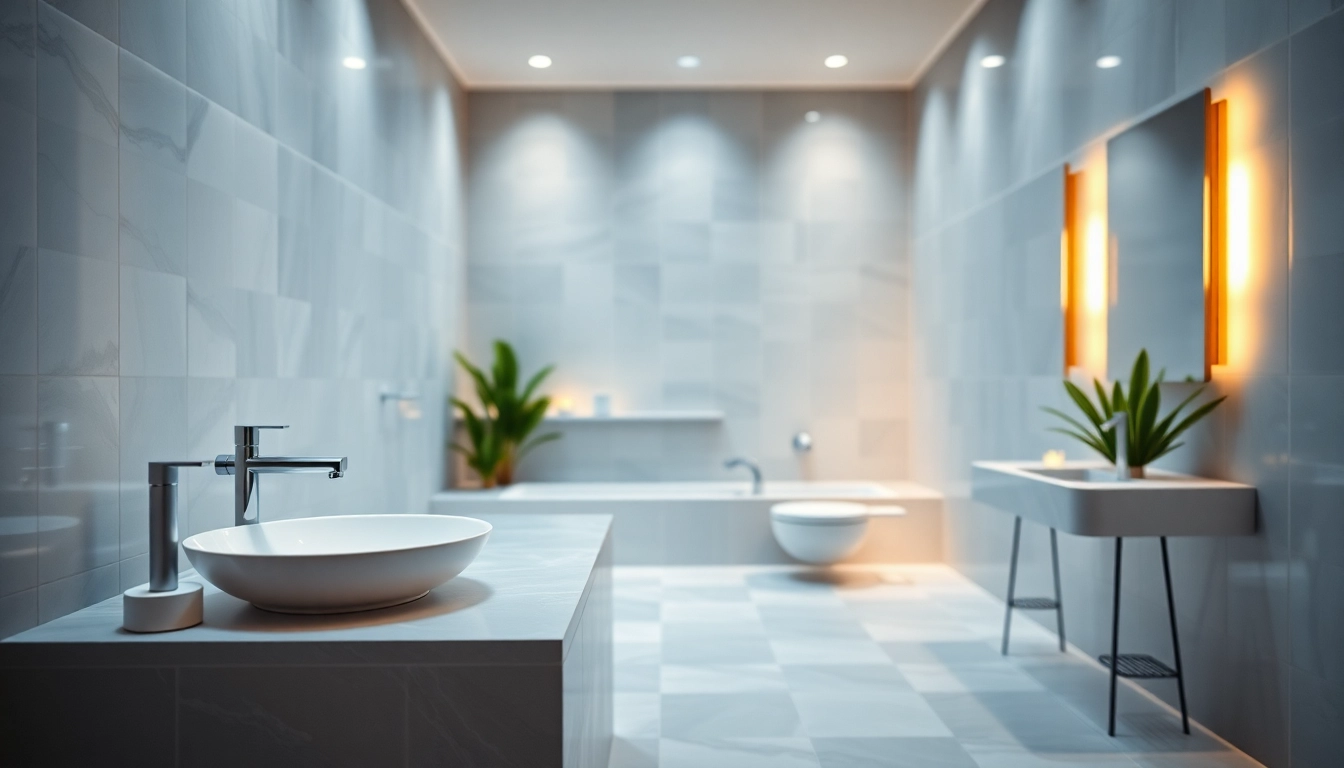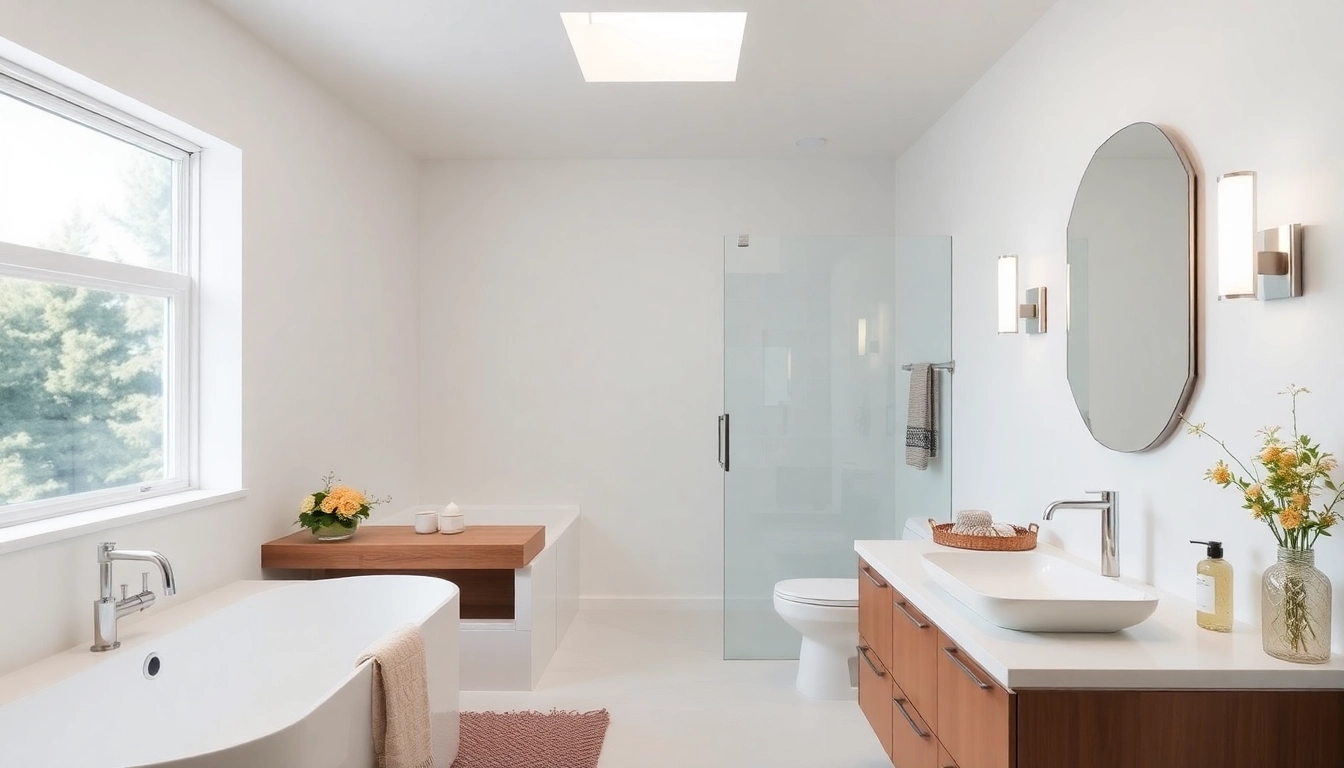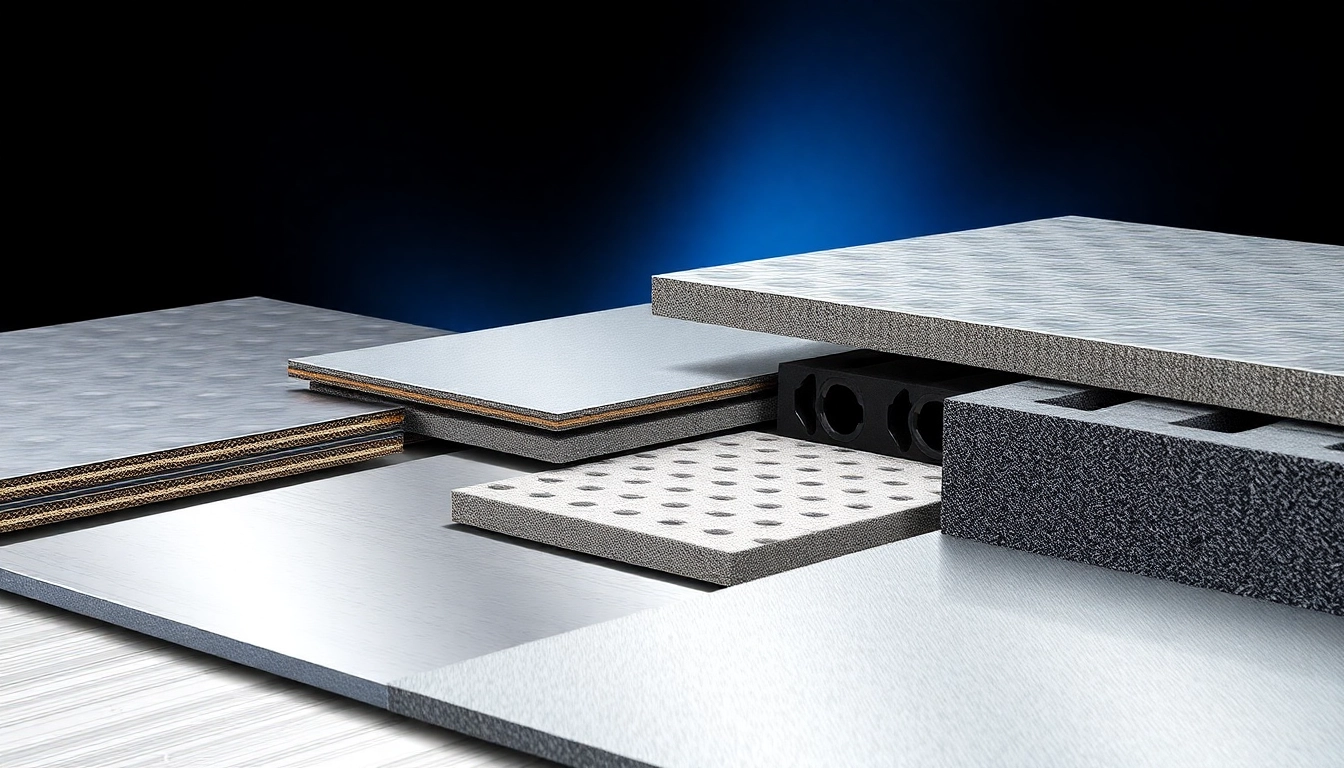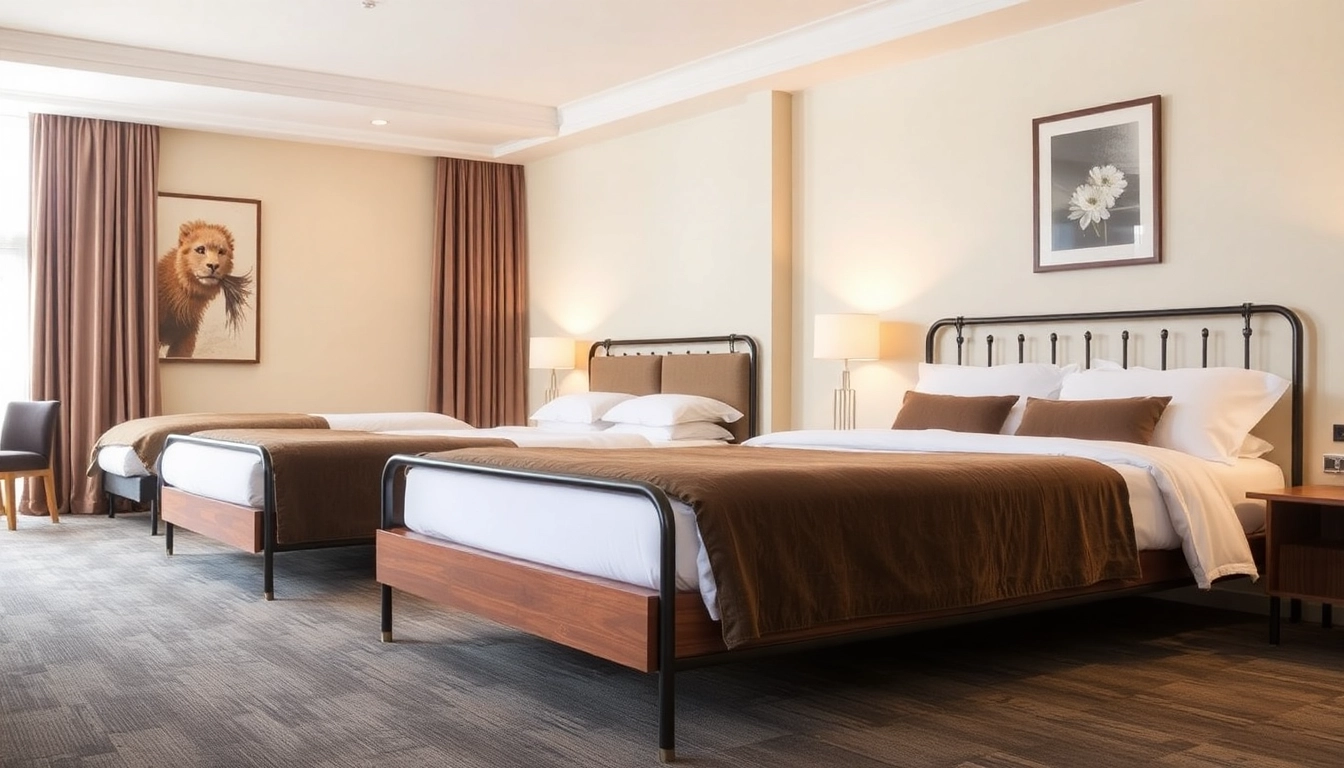Capturing Memories: Your Go-To Hawaii Family Photographer for Unforgettable Moments

1. Why Choose a Hawaii Family Photographer?
1.1 The Importance of Professional Family Photos
Family photographs are much more than mere images; they are treasured heirlooms that encapsulate memories, milestones, and moments that can never be replicated. In our increasingly digital world, where moments are often shared through fleeting social media posts, a professional family photograph serves as a tangible representation of your family’s story. It stands the test of time, capturing the essence of relationships and experiences. Hiring a Hawaii family photographer ensures that you receive high-quality images that reflect your family’s unique dynamic, style, and the beautiful backdrop of Hawaii.
1.2 Understanding Local Culture and Scenery
One of the unique advantages of hiring a Hawaii family photographer is their intrinsic understanding of the local culture and scenery. Each island in Hawaii offers a distinct set of landscapes, from vibrant beaches to lush volcanic mountains. A local photographer will not only know the best spots to capture these breathtaking views but also understand the cultural significance behind various locations. They can suggest traditional elements such as leis or Hawaiian shirts, infusing your photos with authentic local flavor. This cultural context adds depth and meaning to your family portraits, creating a rich narrative that resonates with both you and your viewers.
1.3 Unique Aspects of Hawaii Family Photography
Hawaii presents diverse natural settings like lush rainforests, pristine shorelines, and stunning sunsets, offering countless picturesque locations for family photography. Additionally, the unique light conditions in Hawaii—especially during golden hour—allow for truly stunning portraits. Moreover, the relaxed tropical vibe of the islands creates an ideal atmosphere for capturing candid moments. Families can engage in leisurely activities, like beach games or exploring trails, while their photographer captures genuine interactions, resulting in authentic, emotion-filled images that tell a compelling story.
2. Top Locations for Family Photography in Hawaii
2.1 Iconic Beaches and Scenic Backdrops
When it comes to family photography in Hawaii, the islands’ iconic beaches are hard to beat. Locations such as Waikiki Beach, with its golden sands and turquoise waters, or Lanikai Beach, famed for its crystal clarity and serene atmosphere, create stunning backdrops. Other sought-after locations include Napili Bay on Maui, Hanalei Bay on Kauai, and the volcanic landscapes of the Big Island. Each offers a unique aesthetic and vibe, enabling families to showcase their connection to the ocean and natural beauty of Hawaii.
2.2 Hidden Gems Off the Beaten Path
While popular spots are beautiful, Hawaii is dotted with lesser-known locations that provide a more intimate setting for family photography. These hidden gems, such as the lush Makena Beach on Maui or the breathtaking Waimea Canyon on Kauai, often allow for greater focus on your family without the crowds. Exploring these secluded areas with your photographer can lead to spontaneous adventures and distinctive photos, making this process even more special as you create memories together in these serene settings.
2.3 Seasonal Considerations for Stunning Shots
The Hawaiian islands enjoy a year-round temperate climate, but each season offers unique photographic opportunities. For instance, summer provides long days and vibrant sunsets, while winter can provide dramatic skies with contrasting ocean waves. Additionally, the wet season (November to March) can create lush landscapes, albeit with some rain. Understanding these seasonal differences enables your photographer to plan the perfect timing for your session, ensuring you capture the islands at their absolute best.
3. How to Prepare for Your Family Photo Session
3.1 Choosing the Right Outfits
Wardrobe selection plays a crucial role in the visual story of your family photos. The colors and styles you choose can significantly impact the final images. Hawaiian landscapes typically thrive on vibrant colors, so consider shades that complement the natural beauty surrounding you. Light, flowing fabrics work well for beach scenes, lending movement and softness to your photographs. Coordination among family members is key, but avoid overly matching outfits—aim for a cohesive look with complementary hues and textures that represent your family’s personality.
3.2 Timing Your Session for the Best Light
Light is one of the most critical factors in photography, greatly influencing the overall feel of your images. The best times for family photos in Hawaii are during the golden hours shortly after sunrise or just before sunset, where the light is soft and warm. A knowledgeable Hawaii family photographer can help schedule your session at the ideal time to highlight the location’s beauty, allowing for stunning images filled with natural light, depth, and warmth.
3.3 Communicating Your Vision with the Photographer
Clear communication is essential to achieving your desired results. Before your session, take the time to discuss your vision with your photographer. Share any specific poses, styles, or emotions you want to capture, and don’t hesitate to express concerns or preferences regarding the location and timing. By collaborating closely, you and your photographer can create a tailored experience that reflects your family’s unique character while ensuring everyone feels comfortable and natural throughout the shoot.
4. What to Expect from Your Hawaii Family Photographer
4.1 The Photography Process Explained
The process of capturing family photos in Hawaii typically begins with a consultation to discuss preferences, location ideas, and overall vision. This is followed by the actual photo session, which involves various poses, candid moments, and family interactions. A seasoned Hawaii family photographer knows how to create an enjoyable experience, prompting natural emotions and interactions to produce heartfelt images. The session usually lasts around one to two hours, allowing enough time for both posed and candid shots.
4.2 Post-Session Deliverables and Timelines
After your session, your photographer will begin the editing process. Professional editing enhances the colors, lighting, and overall quality of the photos, ensuring you receive stunning images that capture the beauty of the moment. Depending on the photographer’s workload, expect to receive your images within two to four weeks. Many photographers also provide a private online gallery for viewing and downloading your photos, as well as options for prints and albums to preserve your memories.
4.3 Reviews and Feedback from Previous Clients
When seeking out a Hawaii family photographer, it’s beneficial to examine reviews and feedback from previous clients. Testimonials can provide insight into the photographer’s style, flexibility, and overall experience. Look for family photographers who consistently receive high ratings for their creativity, professionalism, and ability to connect with families. Positive experiences and high-quality portfolios are indicators of a photographer’s capability, ensuring that your session will be memorable and your photos will be breathtaking.
5. Tips for Displaying Your Family Photos
5.1 Creative Ways to Showcase Your Images
Once your family photos are captured, it’s time to think about how to display them creatively. Consider creating a gallery wall in your home where multiple images can interact and tell a story within a shared space. Mixing framed photos with different materials, like wood or metal, can add texture and visual interest. Alternatively, consider using photo books or albums to compile your favorite images into a beautiful keepsake that can be cherished for years to come.
5.2 Choosing Frames and Layouts that Shine
The right frames and layouts can enhance your family photos and elevate your decor. When selecting frames, consider the overall aesthetic of your home. Warm wood frames might be perfect for a cozy feel, while sleek modern frames can enhance minimalistic decor. Mixing and matching frame styles while maintaining a consistent color palette can add personality to your display. For larger pieces, consider canvases or metal prints, which provide a contemporary feel and make your images pop.
5.3 Preserving Memories for Generations
To ensure that your family photos stand the test of time, it’s essential to take proper care of them. Store physical prints in a dry, cool environment to avoid fading, and consider using acid-free materials for storage to prevent deterioration. Additionally, backing up digital files on external hard drives and cloud storage services ensures that you have access to your memories, regardless of changes in technology. By taking these steps, you can preserve your family’s legacy for generations to come.








